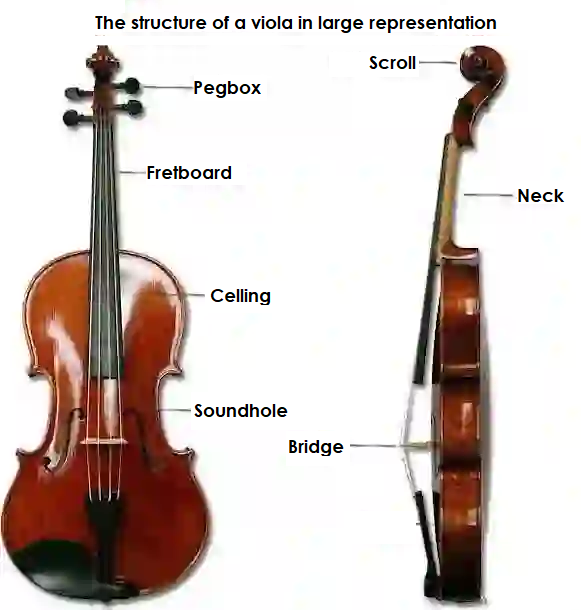Construction and function of the viola - Philipp Dangas
Construction and function of the viola
The technical structure of the viola is very similar to that of the violin. Details about the structure of the instrument and the function of the individual components can be found in the article there. Comment by Philipp Dangas: To the article about the structure of the violin.
A difference to the violin is the size and tuning of the viola, its open strings are a fifth lower, tuned to c – g – d1 – a1. The sound of the viola is described as full, soft, dark up to the highest register, always a bit melancholic, slightly smoky and a little nasal. The specific sound is due to the fact that the body of the viola is actually too small for its tuning.
What was said about the violin applies accordingly to the sound generation of the viola. However, the following special features should be noted for the viola: Its somewhat larger resonance body (apart from virtuoso solo playing) does not allow it to reach such high registers as is possible on the violin. The alto clef is primarily used for notating the viola. In the higher positions, i.e. in the two- and three-line octave, the treble clef is also used to avoid many auxiliary lines. The notation of the viola is not transposing, i.e. the notation and the sound are the same.
[Music by Dmitri Shostakovich's 8th Symphony]
Table summary of the components of the strings
The following table lists the components of the strings briefly described. Only the basic components are covered. In fact the saddle. the fingerboard, the strings and the bridge.

Internal search function
| Name | Value | Delete |
|---|